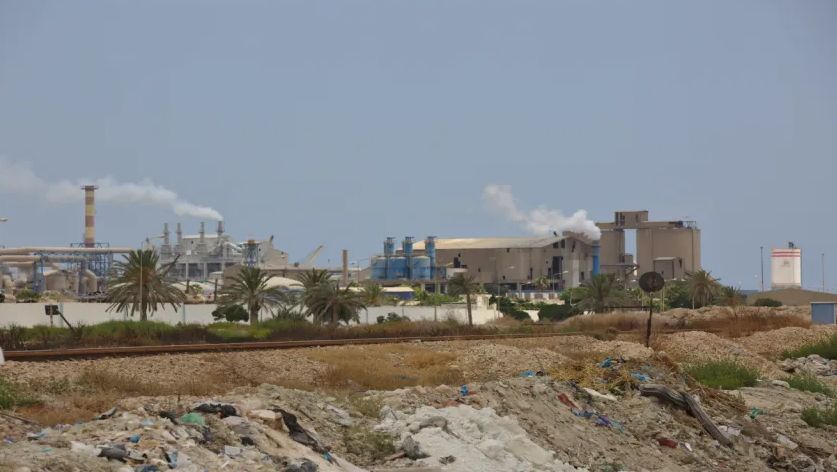
The dilemma between economic profit and environmental preservation remains unresolved, placing the state in the position of needing to strengthen its oversight and enforce stricter measures to protect not only the ecosystem but also citizens. The pollution of the Méliane River and its ecological repercussions are concerning. During a plenary session of the Assembly of the People’s Representatives (ARP) held on Wednesday, March 5, Minister of the Environment Habib Abid revealed that 71 companies are responsible for the degradation of this watercourse, directly affecting the beaches in the southern suburbs of Tunis. In response to the scale of the issue, the minister confirmed that his department is actively working to resolve the problem and is considering sanctions against the responsible companies. Every day, about ten environmental violations are detected on the beaches of Ben Arous, Soliman, and surrounding areas. As a result, 86 official reports have already been filed against several industrial companies, some of which, it is worth noting, are in the public sector.
A Plan to Strengthen Sanitation
There are alarming findings, but also some progress. An agreement has been signed with 21 companies to tackle this persistent pollution. However, beyond the industrial sector, several localities such as Bargou, Jebel Ouest, and Khelidia also contribute to the contamination of this important river in the northeast. The disposal of industrial and agricultural wastewater remains a major issue. To address this critical situation, the Ministry also plans to increase the capacity of wastewater treatment plants by adopting tertiary treatment of water. This process aims to remove residual contaminants that secondary treatment has not been able to eliminate. Industrial companies have been required to conduct environmental impact studies and are encouraged to take part in European cooperation programs dedicated to protecting the southern Mediterranean shore. Moreover, a tender has been finalized for the cleanup of the Ben Arous beaches, demonstrating a commitment to act in response to the urgency of the situation.
A Reality that Directly Affects the Population
Last year, 18 beaches were closed to swimming due to pollution. This alarming observation raises the recurring question of the responsibility of industrialists to the public interest. The dilemma between economic profit and environmental preservation remains, forcing the state to reinforce its controls and apply stricter measures to protect not only the ecosystem but also the citizens. Several countries have already faced similar issues and managed to reverse the trend through ambitious initiatives. Let’s take the example of two countries that, admittedly, have far superior resources. However, their experience is of particular interest and can be adapted to our national resources.
In Spain, the cleanup of the Manzanares River in Madrid was made possible by a large rehabilitation program combining biological treatments and citizen involvement. Germany, on the other hand, implemented strict regulations on industrial discharges, significantly reducing pollution in the Rhine River over a few decades. These experiences demonstrate that with determined political will and rigorous control mechanisms, it is possible to restore ecosystems that have been weakened for a long time by poor practices.
Towards a Nationwide Expansion
The example of the Méliane River should serve as a starting point for a broader environmental policy. Tunisia has several other regions affected by massive pollution, such as Gabès, where the industrial discharges from chemical complexes threaten the marine ecosystem and the health of the residents. Similarly, in Sfax, pollution generated by phosphate industries and urban waste remains a critical issue.
These two cities, far from being the only ones suffering from massive pollution, sometimes organize protests led by civil society and residents to raise awareness about the increasingly unbearable environmental situation. It is, therefore, essential that the proven solutions for the Méliane River, the second-largest river after the Medjerda, be deployed and adapted nationwide to ensure the long-term cleanup of the territory and, at all costs, protect our vital natural resources.



